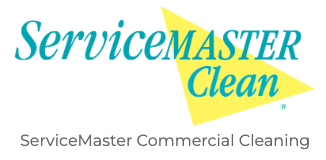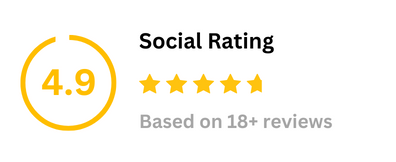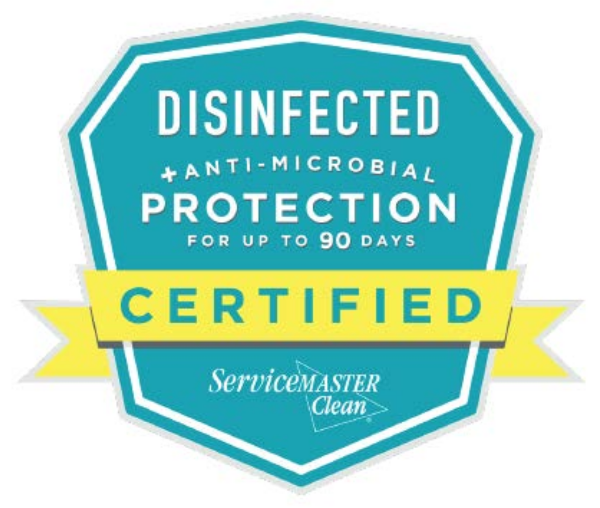Safe Handling and Storage of Hazardous Materials
Does your facilities team know how to handle and care for hazardous materials that they may work with or come into contact with while on the job? Would they know what to do if a spill, leak or an accident involving a hazardous material were to happen?
If you are unsure—and possibly a little uncertain that a hazardous materials article applies to you (hint: it does)— keep reading as we sort out the safe handling and storage of hazardous materials.
What Qualifies as a Hazardous Material?
The EPA provides a basic, simplified definition of hazardous material as “ a material with properties that make it dangerous or capable of having a harmful effect on human health or the environment.”
OSHA goes deeper to define hazardous materials as “Any biological agent and other disease-causing agent which after release into the environment and upon exposure, ingestion, inhalation, or assimilation into any person…will or may reasonably be anticipated to cause death, disease, behavioral abnormalities, cancer, genetic mutation, physiological malfunctions…or physiological deformations in such persons or their offspring.”
Well, that’s a lot of “legalese” – so what does this mean? What type of materials would your average facility have that qualify as a “hazardous material?” Anything that bears the label WARNING, CAUTION, POISONOUS, TOXIC, FLAMMABLE, CORROSIVE, REACTIVE or EXPLOSIVE should be considered hazardous. Some examples that would be commonly found in a facility for the purposes of maintaining and cleaning it are:
- Disinfectants, floor wax, and other cleaning agents (including solvents)
- Glues and adhesives
- Paint
- Pesticides
- Petroleum products
- Fertilizers
What Can Happen if Someone is Exposed to or Mishandles a Hazardous Material?
The physical effects of exposure to a hazardous material will vary, depending on the material and the level of exposure. When properly used with the appropriate personal protective equipment, the harmful effects should be close to none.
However, if someone is untrained or careless, they can suffer serious consequences. The effects can be as minimal as a headache or dizziness, more severe like a rash, nausea or vomiting, or potentially life-changing like chemical burns internally or of the skin, nervous system disorders, and even death.
How Should These Items Be Stored?
While of course following the basic fire codes and OSHA regulations for storing these types of items will provide you with a base level of safety, it’s best when dealing with hazardous items to be prepared for anything (even if there hasn’t been an incident with these materials at your facility ever before.) When considering the safe storage and handling of these types of materials, you’ll need to answer the basic questions of What, Why, Where, and How.
What type of material is being stored?
It’s important to know what types of materials cannot be stored together, and if there are materials that are particularly volatile if they come into contact with each other. For instance, flammable liquids should not be stored near corrosives, and particular care should be taken to avoid possible mixing of products that contain chlorine (bleach) – which on its own can be corrosive, but becomes potentially deadly when mixed with other chemicals such as ammonia (found in even household window cleaners) or vinegar.
Why is this material being stored?
Take a realistic inventory of the potentially hazardous materials and assess the quantity and necessity of keeping them on hand, and evaluate the potential for using a less hazardous substance in its place. An example being floor polish (which can be an eye and skin irritant alone, and should never mix with other substances due to ammonia content) – how often are you using this? Can you anticipate the need for more polish in time to order as needed instead of keeping large quantities on hand? Reduce the risk of accidental spills or exposures by minimizing your hazardous materials on hand when possible.
Where and how are these materials stored?
Be certain that storage areas are clearly defined and easily recognizable, as well as easy to access. Many spill accidents can be prevented just by being aware of how things move in and out of storage. The same goes for preventing mistakes in usage by storing materials in a clearly marked area. For example, improperly storing and labeling a powdered cleaning product in a kitchen setting can have disastrous consequences. It is equally important to review the state and federal regulations regarding the storage of hazardous materials as well as take into account the ideal environmental conditions for storing the materials.
Some types and classes of materials, for example, may be stored in a regular storage closet with no additional parameters to be met, where other classes may only be stored in certain quantities and in specific cabinets designed for the purpose of storing hazardous substances.
What Steps Should Be Taken if a Spill, Leak, or Accident Occurs?
Your team should be prepared to take care of small-scale mishaps, if a small splash of oil spills over when maintaining landscaping equipment or a bottle of disinfectant breaks open on a cleaning cart – sopping it up with an appropriate absorbent or a handful of paper towels should be no big deal – but what if there is a bigger problem?
Small, incidental spills like these should be handled with care, of course, but what to do if an entire drum of cleaning solvent knocks over and spills out? The answer: depends. In general, an abundantly cautious rule of thumb is that if you can step over it, you should be able to clean it up, any larger than that, call in someone with emergency training.
Your staff will need to know what to do – or at very least who to contact – in the event of a major spill or leak. Having someone on staff and available with emergency hazardous materials situations or having a point of contact with a company that does this sort of thing is important, especially if you are operating a larger facility with larger amounts of hazardous materials on hand.
What Sort of Hazardous Materials Training Should Your Facilities Team Have?
The Occupational Health and Safety Administration has specific training requirements, courses, and certifications for various safety matters, including emergency handling of hazardous materials – however, general safety training for most purposes can be performed in house. Training should cover:
- How to use chemicals correctly and what to do in an emergency
- What PPE is necessary for safe use of cleaners and other hazardous materials
- Proper dispensing, labeling, and storage procedures
- Know the location of MSDS information sheets for all hazardous materials they may use
Having safety procedures and awareness of how to deal with hazardous materials on any scale is essential to the safety of your staff, the patrons of your facility, and the environment.
Wondering what to do next? ServiceMaster can help you ensure that you’re safely handling and storing hazardous materials in addition to providing other helpful services. Interested in learning more? Click here to contact us today.




